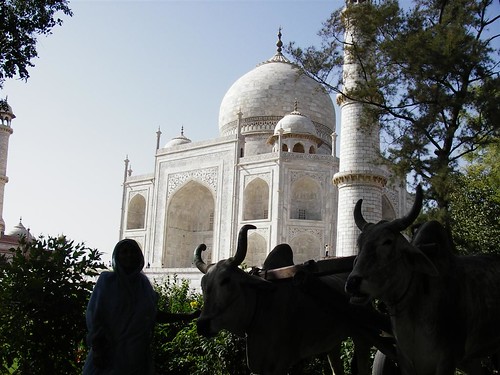
By Tristan D'Souza, Grade 623,
Winner of
From time immemorial, cultural heritage and identity have played a major role in forming the lives of many people. By birth, I would be an American. But since my parents are Indian by birth, I have more of Indian than American culture. My cultural heritage has played an important role in my life. Like for instance, my parents have developed my intellectual faculties.
My cultural heritage has also influenced my behavior. Mostly everyone in the Indian culture has a peaceful lifestyle. Since my parents are two of those people, their teachings have made me a better person.
The Indian culture has also influenced me in many ways. These are a few ways:
-The Indian culture is one of the oldest and most unique cultures in the world. The Indian culture is a composite mixture of varying styles and influences. In the matter of cuisine, for instance, the north and the south are totally different. Color, gaiety, enthusiasm, prayers, and rituals characterize festivals in
-Christianity is one of the prominent religions in
-Indian cuisine is diversified in its varieties similar to its culture, races, and regions. Thousands of variations of dishes are prepared in the different parts of the country everyday. The essence of Indian cooking lies in the aroma of the spices, which are blended, together and added to enhance the basic flavor of a particular dish. Spices are always freshly ground to the required combination called Massalas. Many of these spices are noted for their medicinal values and are also used as appetizers. The ingredients, for the masala vary from region to region.
Rice is the staple food of the south while in the north it is supplemented or substituted by pooris, chappathis, or
Although the culture of the
The
In conclusion, the Indian and American cultures have had a tremendous impact on my identity.

No comments:
Post a Comment